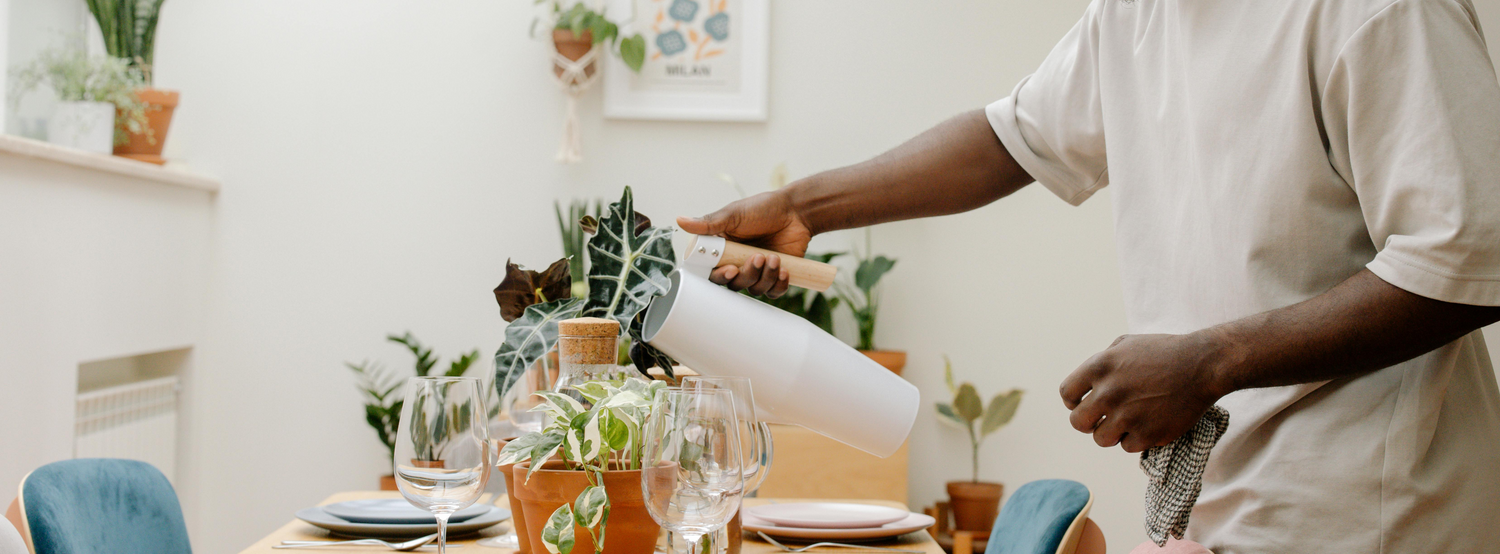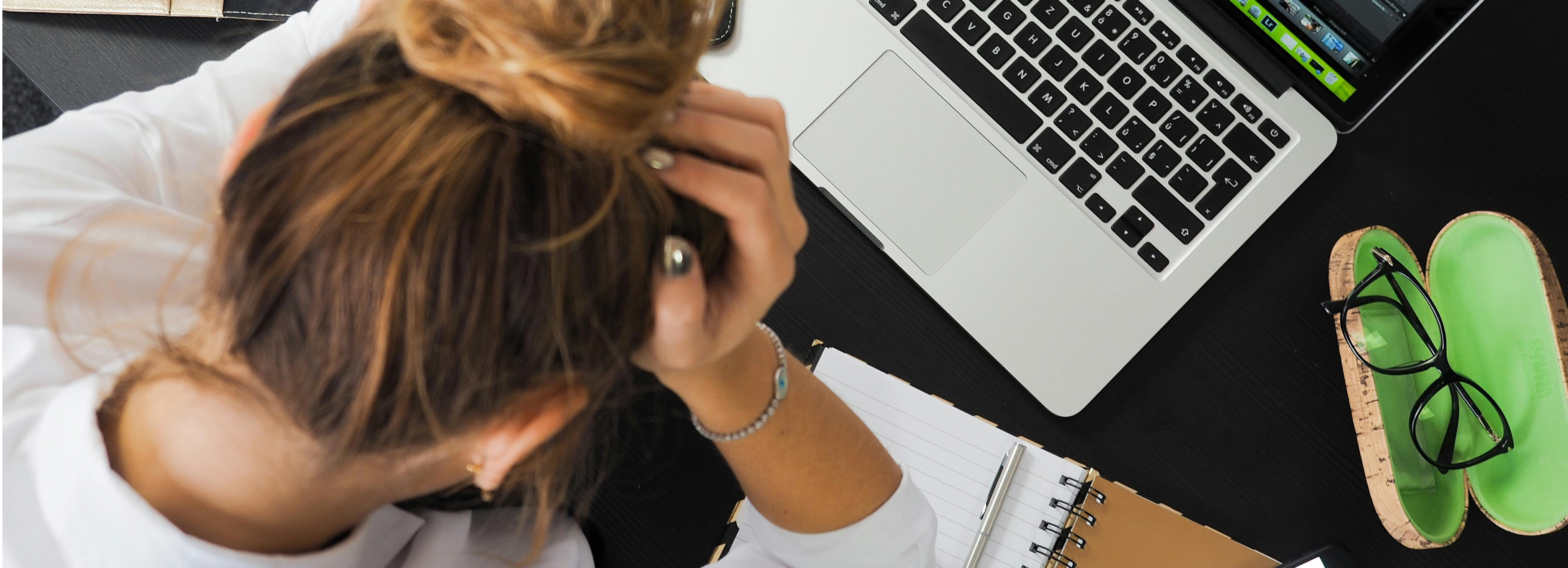Keeping indoor plants healthy starts from the ground up — literally! Soil health plays a major role in plant growth, yet most soil care tips tend to be fairly routine. For those looking to go beyond the basics, here are five lesser-known hacks to keep soil rich and plants thriving, all without heavy upkeep.
Adding Crushed Eggshells for a Calcium Boost
Eggshells are a simple but effective way to boost soil health by adding calcium, an essential nutrient for plant cell walls and overall structural strength. Crushed eggshells decompose slowly, which means they release nutrients gradually, enhancing the soil over time without needing frequent attention.
To apply this tip, rinse and crush eggshells into small pieces, then mix them directly into the soil or sprinkle them around the base of your plants. Not only do eggshells enrich the soil, but they also improve soil structure, making this a true low-maintenance hack for indoor plant care.
Using Banana Peels for Potassium
Banana peels are an excellent, often-overlooked source of potassium, which is essential for root development and overall plant health. The peels release nutrients slowly, making this another low-maintenance option that doesn’t require constant reapplication.
To use banana peels for soil care, simply bury small pieces of the peel near the plant roots or let them dry, then grind them into a powder to mix with the soil. This method delivers a potassium boost to the soil while keeping it naturally enriched over time, helping your plants grow strong roots and lush leaves with minimal effort.
Mixing Coffee Grounds for Better Drainage and Acidity
Used coffee grounds can do wonders for soil by enhancing drainage and adding a touch of acidity, which certain plants like azaleas and ferns prefer. Coffee grounds also contribute a small amount of nitrogen, which benefits plant growth.
However, a light touch is essential to prevent over-acidifying the soil. Simply sprinkle a thin layer of used coffee grounds on top of the soil or mix them in gently. This technique helps maintain the soil’s natural structure, improves drainage, and offers a slight pH boost — all with minimal effort and no special maintenance required.
Creating a Humidity Boost with Pebble Trays
For plants that thrive in higher humidity, like ferns and orchids, a pebble tray can work wonders in maintaining soil moisture without constant watering. To create one, place a layer of small pebbles in a shallow tray, add water until it’s just below the top of the pebbles, and set your plant pot on top.
As the water evaporates, it provides a gentle humidity boost around the plant, which helps keep the soil evenly moist and reduces the frequency of watering. This setup is a low-maintenance way to support plants that need a little extra moisture, keeping both the soil and the plant happy.
Adding a Layer of Sand to Prevent Fungus Gnats
Fungus gnats are a common nuisance for indoor plants, often attracted to moist soil. One simple, low-maintenance hack to deter these pests is to add a thin layer of sand on top of the soil.
The sand dries quickly, creating a barrier that prevents fungus gnats from laying eggs, which disrupts their lifecycle. This technique is long-lasting and requires minimal upkeep — just a one-time application can keep your soil pest-free and well-protected, reducing the need for pesticides or frequent soil treatments.
A Soil-Free Suggestion
Just as these lesser-known soil care tips offer low-maintenance ways to support your plants, maintaining a clean and healthy indoor environment can also be effortless. While soil requires only occasional attention, the air we breathe demands constant care, especially in indoor spaces.
That’s where greenwaterHOME comes in — a maintenance-free solution that continuously refreshes indoor air quality, adding oxygen and reducing CO₂ without the need for frequent upkeep.
Just like a well-cared-for plant thrives in nutrient-rich soil, your indoor environment can benefit from an air solution that requires no extra effort to keep air fresh and balanced.




Leave a comment
This site is protected by hCaptcha and the hCaptcha Privacy Policy and Terms of Service apply.